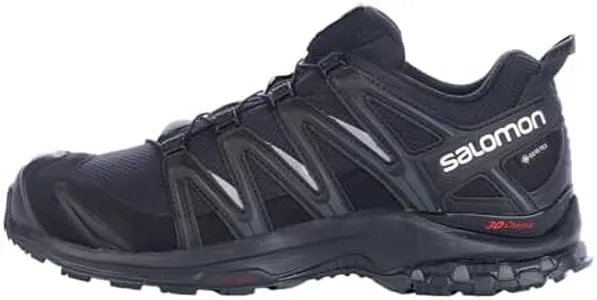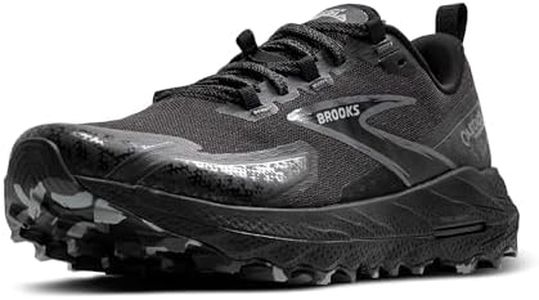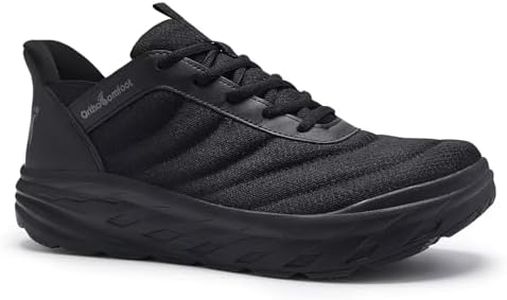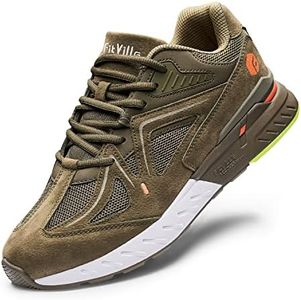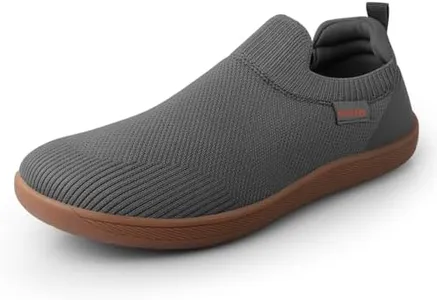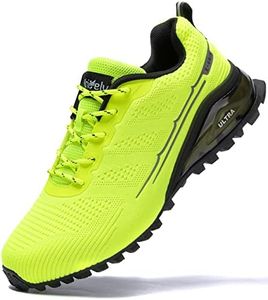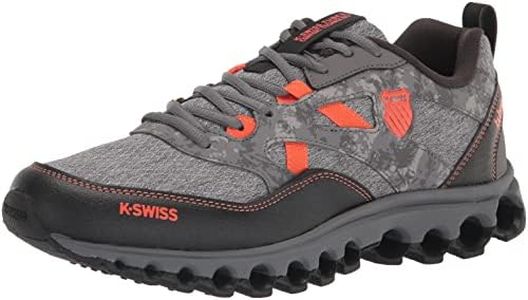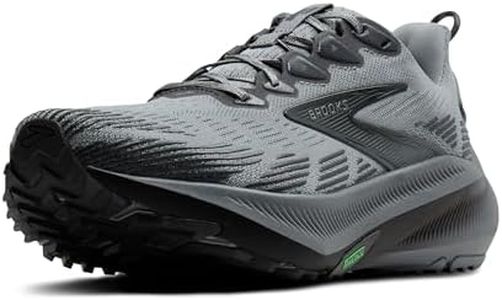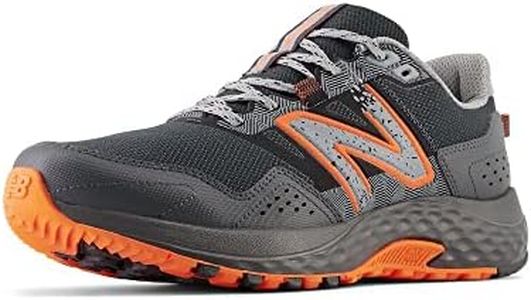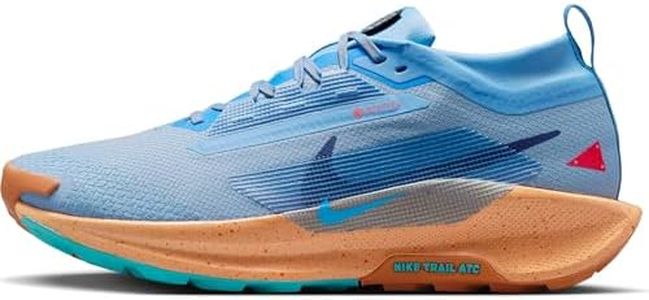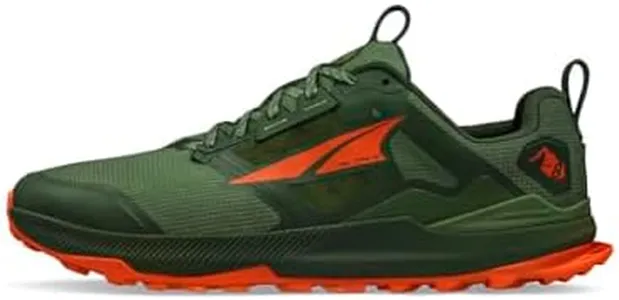10 Best Trail Running Shoes 2025 in the United States
Our technology thoroughly searches through the online shopping world, reviewing hundreds of sites. We then process and analyze this information, updating in real-time to bring you the latest top-rated products. This way, you always get the best and most current options available.

Our Top Picks
Winner
New Balance Women's Fresh Foam X Hierro V9 Trail Running Shoe, Arid Stone/Castlerock, 10 M
Most important from
184 reviews
The New Balance Women's Fresh Foam X Hierro V9 is designed with trail runners in mind, offering strong cushioning and protection suitable for rough outdoor terrain. Its dual-density Fresh Foam X midsole provides a soft and comfortable ride, absorbing impact well while running on rocky or uneven trails. The toe protection feature helps shield your feet from stones and roots, which is a big plus when navigating tricky paths. The Vibram outsole and Traction Lug technology give you solid grip on both wet and dry surfaces, reducing the risk of slipping. The gusseted tongue keeps debris like dirt and small stones out, enhancing comfort during longer runs. Weighing just over 2 pounds, these shoes strike a balance—light enough to not feel heavy but still durable for trail use.
The shoe’s mesh outer material suggests it may not offer significant water resistance, so wet conditions might lead to damp feet. The fit seems secure and comfortable, especially with the inner cotton lining. If you’re looking for a cushioned, protective trail shoe with reliable traction for moderate to rugged terrain, these could be a good option. Just note they might not keep your feet dry in very wet conditions.
Most important from
184 reviews
Salomon Men’s XA PRO 3D Gore-Tex Waterproof Trail Running Shoes - Black/Black/Magnet - 11
Most important from
10366 reviews
The Salomon Men’s XA PRO 3D Gore-Tex shoes are designed to handle tough trail running and hiking conditions well. They excel in waterproofing thanks to the Gore-Tex membrane, keeping your feet dry and comfortable even in wet or windy weather. The shoes also provide strong stability with a unique midsole design that helps control your foot’s motion and protects your feet from sharp impacts on rough terrain.
Traction is a strong point, with the Contagrip rubber outsole offering reliable grip on a variety of surfaces like loose gravel or mixed trails, helping you stay steady and confident. Protection-wise, the reinforced toe cap is a useful feature that guards against bumps and scrapes. Comfort and fit are thoughtfully addressed, but because these shoes offer advanced stability and protection, they might feel a bit heavier compared to lighter trail runners, which could affect speed for those focused on racing or very fast runs.
These shoes represent a solid choice for those who prioritize durability, foot support, and all-weather performance for challenging outdoor adventures rather than just lightweight speed.
Most important from
10366 reviews
New Balance Men's Fresh Foam X Hierro V9 Trail Running Shoe, Arid Stone/Castlerock, 9.5 M
Most important from
335 reviews
The New Balance Fresh Foam X Hierro V9 is designed for trail runners who want a comfortable, protective shoe for rugged terrain. Its standout feature is the Fresh Foam X midsole, which is cushioned with dual-density foam containing a small amount of bio-based material. This makes the shoe soft and supportive, helping reduce foot fatigue on long runs. The Vibram outsole paired with Traction Lug technology delivers excellent grip on both wet and dry surfaces, so you can feel confident on slippery or uneven trails.
Protection is strong with the Toe Protect technology that shields your feet from rocks and debris, while the gusseted tongue helps keep dirt out. The mesh upper allows for breathability, but the shoe is not specifically noted as water resistant, so it might not keep your feet dry in very wet conditions. At about 2.1 pounds, it’s on the heavier side, which adds stability but may feel less nimble for those who prefer ultra-light shoes. The lace-up closure ensures a secure fit, and the shoe is thoughtfully designed for outdoor use with a balance of comfort and durability.
This shoe suits trail runners seeking a reliable, cushioned, and well-protected option for diverse trail conditions, though it may be less ideal if you prioritize lightweight or waterproof features.

